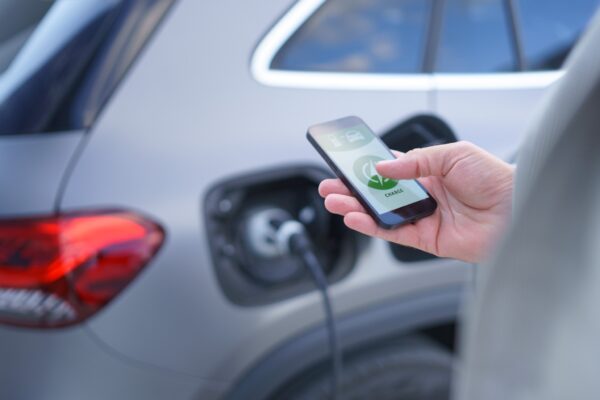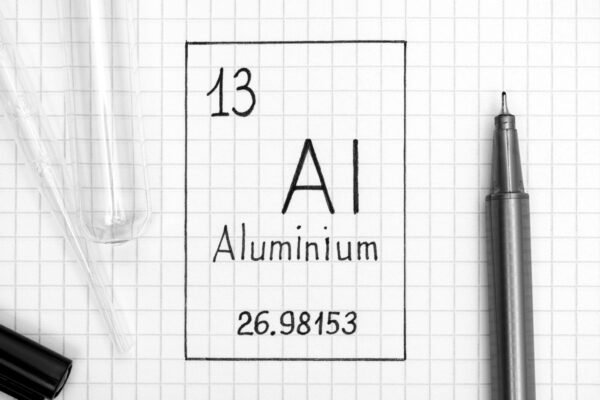
Time for a change
Vehicle contamination and the need of change
The transportation sector is rapidly changing. Although it continues being one of the many sectors around the globe that generate an important percentage of greenhouse gas (GHG) emissions, things are changing. An example of this can be seen in the use of less pollutant fuels. During the last few years there have been many fuel alternatives, such as biodiesel, natural gas, electricity, hydrogen, or ethanol, but the electric fuel option has been leading the way in the market due to its cost of production and the fact that it does not have the same problems and hazard as the rest of the fuel alternatives.

It is important to mention that electric cars are more environmentally friendly if you focus on vehicle emissions. However, it also depends on the source where the electricity is generated. If the power comes from a plant that burns coal, petrol, or natural gas, this means that it is not a green vehicle. However, if the power to charge the vehicles comes from solar or wind power, then the vehicle can be considered 100% environmentally friendly. This said, on average and as of today, an electric vehicle (EV) reaches parity in terms of emissions with a combustion car engine after around 33,000 km on the road.
The environmental impact of EVs batteries
Apart from the type of energy used by EVs and the energy source where this power comes from, there is another critical part of the system that requires a sustainability review: the battery. Some studies have shown that the manufacturing of a typical EV battery can result in higher carbon emissions compared to gasoline vehicles. This is due to the significant amount of energy required for the procurement of raw materials and the manufacturing process itself. In addition, the lifetime and disposal of these batteries can also become an environmental threat if it is not managed conveniently, leading to even a greater environmental impact than combustion vehicles.
EV batteries are not easy to generate since they contain many rare earth elements like lithium, nickel, cobalt, and graphite. These rare materials are difficult to find and extract, requiring intensive mining and purifying processes to separate them from the soil which can be quite polluting and pose an environmental and social dilemma. A report by Nature estimates that a typical EV battery uses about 8 kilograms of lithium, 14 kilograms of cobalt, and 20 kilograms of manganese.
Considering the lifetime of a battery for a use on EVs, these are designed from the ground up for durable, high-intensity performance and currently expected to last between 100,000 to 200,000 miles or about 15-20 years. But this is the theoretical longevity, because the reality is that their longevity depends, among other factors, on how the battery is treated during its lifetime.

This is what happens with all types of batteries, although it is in a small percentage at about 2.3 percent per year. EV batteries also lose some of their maximum capacity with use and this percentage depends on factors like battery management (e.g., avoid charging the battery every day or charging it up to 80% of the total charge, which in most cases will never happen).
Evidently, batteries are more sustainable the longer they can be used. Recycling plays a key role as it can guarantee that up to 95% of the raw materials used to produce the battery can be recovered, upcycled, reused, or repurposed after they have outlived their long initial life in the vehicle, including most of the raw materials contained in the battery. EU already requires that EV batteries be at least 50 percent recyclable by weight, which will increase to 65 percent by 2025. Still, this is an energy-intensive process and should be one of the last resorts to be used.
Alternatives for old EV batteries which are no longer viable for EV use
Again, disposal is directly opposed to sustainability and should be considered one of the final options. One clever solution is reusing old EV batteries for other less energy-intensive, electrical storage uses, such as for the electrical power grid or for individual homes and businesses. For instance, a project by Eaton, BAM, and The Mobility House, uses 148 old Nissan Leaf batteries to create a 3-megawatt battery storage that can smooth out peaks in demand at Amsterdam’s Johan Cruyff Arena.
As renewable energy storage becomes a key challenge for grids across the world, storage systems made from used EV batteries can be a promising application that gives old batteries a second life.
A new hope: sustainable batteries
It is quite clear that in the automotive industry the EV option is the way the market seems to be moving forward and where the more promising balance between cost, efficiency and sustainability lies. It is also evident that there is still quite some room for improvements, with the focus being on the manufacturing of EV batteries and making them more sustainable.
One promising example of the improvement of EV batteries is the research carried out by the Massachusetts Institute of Technology (MIT). A team led by Donald Sadoway, John F. Elliott Professor Emeritus of Materials Chemistry, have developed a new kind of battery, using aluminum and sulphur as electrode materials, with a molten salt electrolyte in between. The most extraordinary factor of this new type of battery is that it is made entirely from abundant and very cheap materials.
It is well known that lithium-ion batteries are very expensive, but what is surprising is the fact that their electrolyte is combustible, which make them quite dangerous, at least to a certain level. Mr. Sadoway was aware of these facts, which lead him to research for abundant and cheap metals in the periodic table that could potentially replace lithium while having the proper electromechanical characteristics required for constructing effective batteries.

After conducting intensive research, he selected aluminum to be his first electrode since it is one of the most abundant elements found on Earth; together with sulphur, the second electrode and one of the cheapest and most abundant metals, commonly known for being a waste element produced from refining activities. For the electrolyte element, the MIT team analyzed the capabilities of molten salts due to their low melting points as opposed to volatile, flammable organic liquids
According to Sadoway, the formulated battery is not suitable for large electrical storage installations but could be viable and ideal for small or medium batteries used on small homes, which produce a few tens of kilowatt-hours of storage capacity, similar to the ones used for EV batteries.
What´s to come
When we think about sustainable energy systems, in this case the ones considered to power a vehicle, it is important to consider not only the environmental impact produced by the energy consumed but also all the different environmental impacts that each of the components of the whole end to end cycle, including, but not limited, to the production of energy, its storage, as well as the lifecycle, lifetime and disposal of its components.
In order to improve end to end EV sustainability, we must ensure that the energy generated to power our EVs comes from cleaner energy sources like wind or solar energy. Manufacturing sustainable batteries with different types of materials can also reduce energy, cost, and social impact, among other things. Batteries must also be reused for other suitable purposes when they are no longer capable for EV use and recycled to generate new batteries, extend their full lifecycle and delay or prevent their disposal whenever possible.
Human beings are aware of the benefits for our planet of having sustainable energy systems and making the right decisions when it comes to protecting the environment. We only have one planet, and we must make sure we protect it, not only for the survival of our own species but for the survival of all living forms on Earth to which we are inevitably linked and dependent on.





There are no comments yet